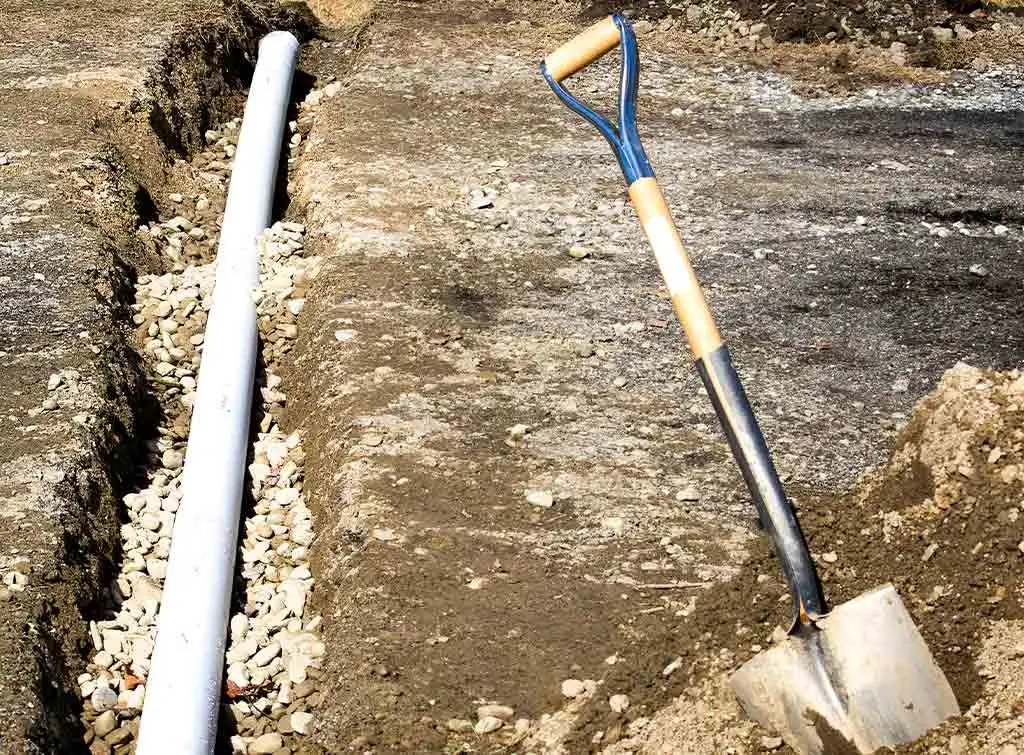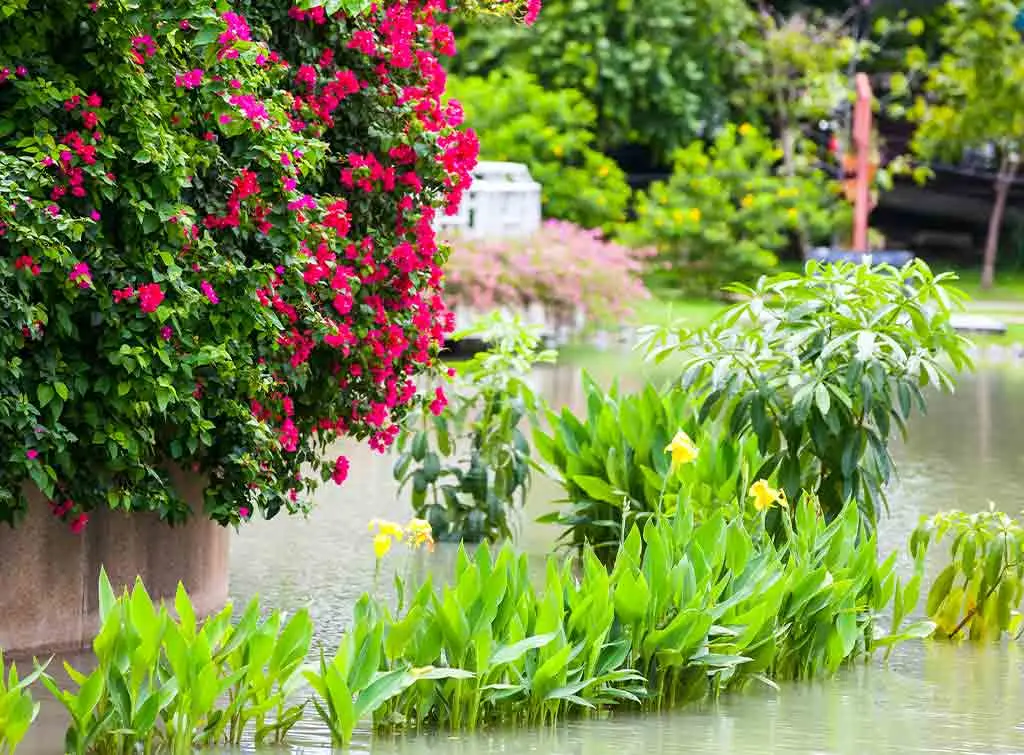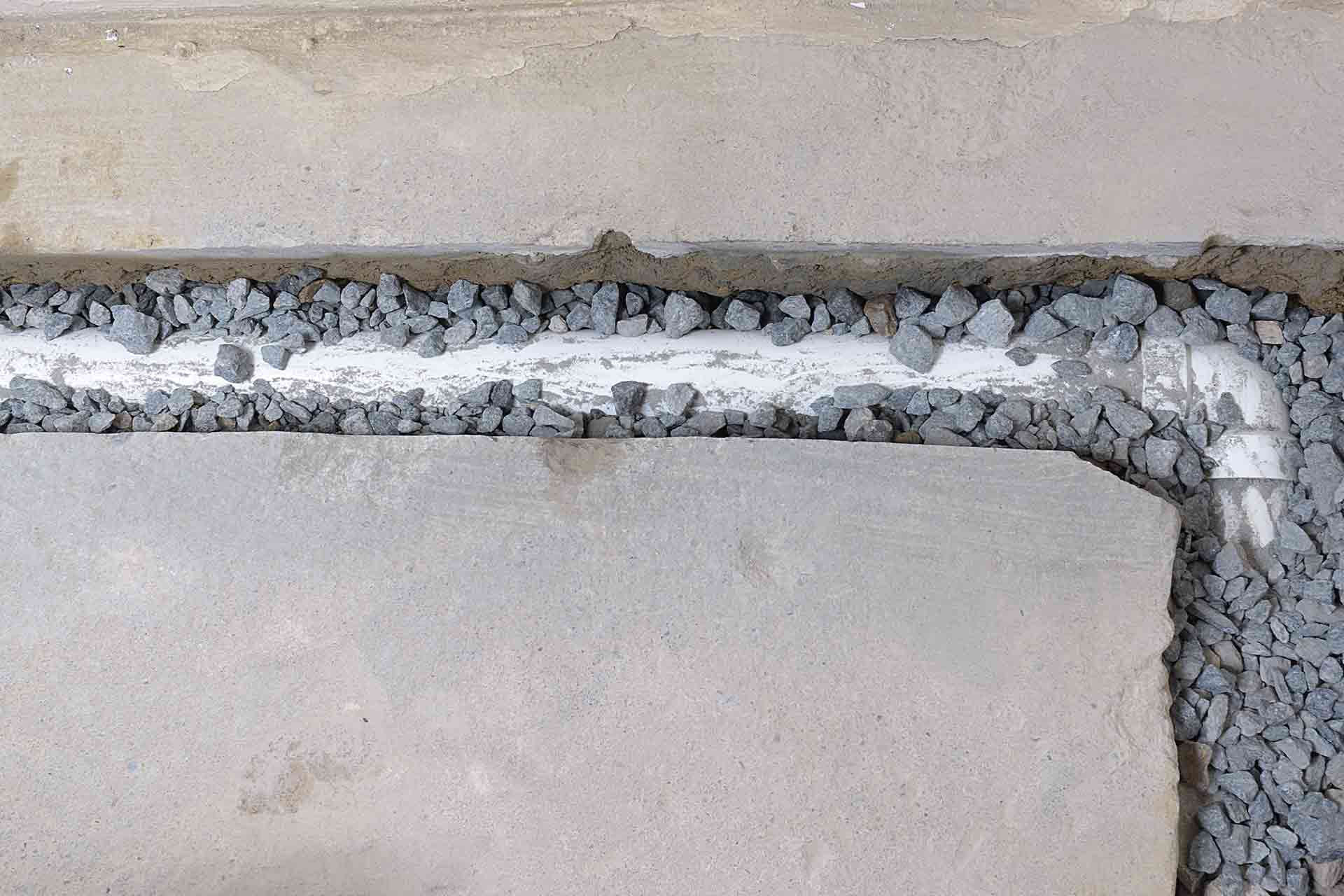Blog>Expert Advice>What is a French drain? Do I need one?
Last updated: 30 August 2024
What is a French drain? Do I need one?
Are you considering a French drain installation? From how French drains work to current costs, we cover everything you need to know about these effective drainage systems.

What is a French drain?
A French drain is a drainage system that directs surface water away from a property.
French drains are typically installed outside of a property and have the following uses:
Reduce rising damp
Minimise mould growth
Prevent flooding
Remove garden surface water
French drains are separate from a property's main drainage and sewer systems.
How do French drains work?
Traditionally, French drainage systems used non-perforated pipes to direct water away from a property to a 'safe' drainage area. Water can travel through non-perforated pipes to a well, existing gutters or other areas where drainage is possible.
Modern French drainage systems are typically built with perforated pipes and landscape fabric. These newer systems allow excess water to drain into the soil through small holes in the pipes.
How are French drains installed?
It is important to consider your home's foundations when installing a French drain system. The trench for the drain must be dug at least one metre away from your property and the pipes need to be installed on a decline.
You need gravity on your side when using a French drain. Make sure the trench is positioned on at least a 1% decline. The surface water will not flow away from your home if the drain is not installed on a slight slope.
Once the trench has been made, a layer of landscaping fabric will need to be added. The landscaping fabric prevents sediment and other debris from entering the pipes.
An aggregate will then be added to the trench before the pipes are inserted. The holes in the perforated pipes must be installed facing down. The pipes need to be in this position to make sure the water is able to continuously flow down into the soil.
Finally, the trench is filled with gravel and covered up. French drains are discrete systems and can be covered with turf, gravel or other landscaping materials.
We recommend hiring a professional to make sure your French drain is installed correctly and doesn't jeopardise your home's foundations or structural integrity.
See the tradespeople we've checked and recommend for your job
Are French drains necessary?
Not all properties need a French drain installation.
These drainage systems are a cost-effective way to redirect surface water, but they are not always necessary.
French drains are particularly beneficial if water pools close to your home or underneath your property.
Water standing near your home's walls can lead to rising damp inside of your property. Common signs of this problem include water stains, damp patches and peeling wallpaper along the bottom of your walls.
If this sounds familiar, a French drain will redirect water away from your home and stop this damage from getting any worse.

This drainage installation can also effectively prevent flooding in your garden. French drains remove water pooling on the surface level and in the subsoil areas too.
Removing standing water from your garden will benefit your lawn's health and protect your home from water damage.
French drains are often not recommended if your home has shallow foundations. This drainage system may also not be the best option if you live in an area with frequent heavy rainfall or need to redirect a large body of water.
We recommend speaking with a professional tradesperson to find out if a French drain is the right option for your property.
See the tradespeople we've checked and recommend for your job
What companies install French drains?
It is possible to install a French drain yourself. DIY installations can be a cost-effective drainage solution but they also have the potential to go wrong.
It is important to consider the following before installing a French drain yourself:
The location and depth of the trench - Digging too close to your home can weaken your property's foundations. The trench should be at least one metre from your property and be between eight inches and two feet deep
The type of pipes - Will you be using perforated or non-perforated pipes? Perforated pipes need to face the base of the trench and non-perforated pipes will need to be directed to a drainage outlet - a well or stream, for example
Aggregate and landscaping materials - You will need to choose the right materials to line and fill the French drain trench. Different materials have different benefits and prices
We recommend hiring a professional to install a French drain.
Drain installation near me
Suffering from a swampy garden? Or worried that rainwater is pooling too close to your home? Don’t worry – an expert offering drain installation near you will be able to help direct water away from where it’s not wanted. Here, we’ll explore everything to do with hiring exterior drainage contractors
Here are our expert tips on how to find the right tradesperson for the job:
Ask about their qualifications, skills and experience
Ask to see examples of previous work
Read customer reviews and testimonials
French drain installation costs
The following factors will determine the cost of installing a French drain:
Length of pipes needed
Your location - tradespeople charge different rates across the UK
Amount of labour needed
Materials used
The average cost to install a French drain is£200per metre. The average labour cost for a professional excavation and installation is£250 - £350.
If you are planning a DIY installation, materials typically cost between £6 - £17 per metre.
How much does a French drain cost?
French drains are a smart, sophisticated form of irrigation that can handle the demands of the great British weather. If you have been considering getting this type of system installed, you will undoubtedly want to get an overview of how much French drains cost. Read on for a guide to pricing and key questions around installation.
Key takeaways
French drains are used to redirect pooling water away from a property
French drainage systems can prevent flooding, rising damp, lawn saturation and other water damage
The system works by redirecting the flow of water down into the soil or to a drainage outlet
The average installation cost is £200 per metre
Hiring a Checkatrade approved tradesperson
Enter your postcode below to find highly rated tradespeople in your local area.
See the tradespeople we've checked and recommend for your job
See the tradespeople we've checked and recommend for your job




